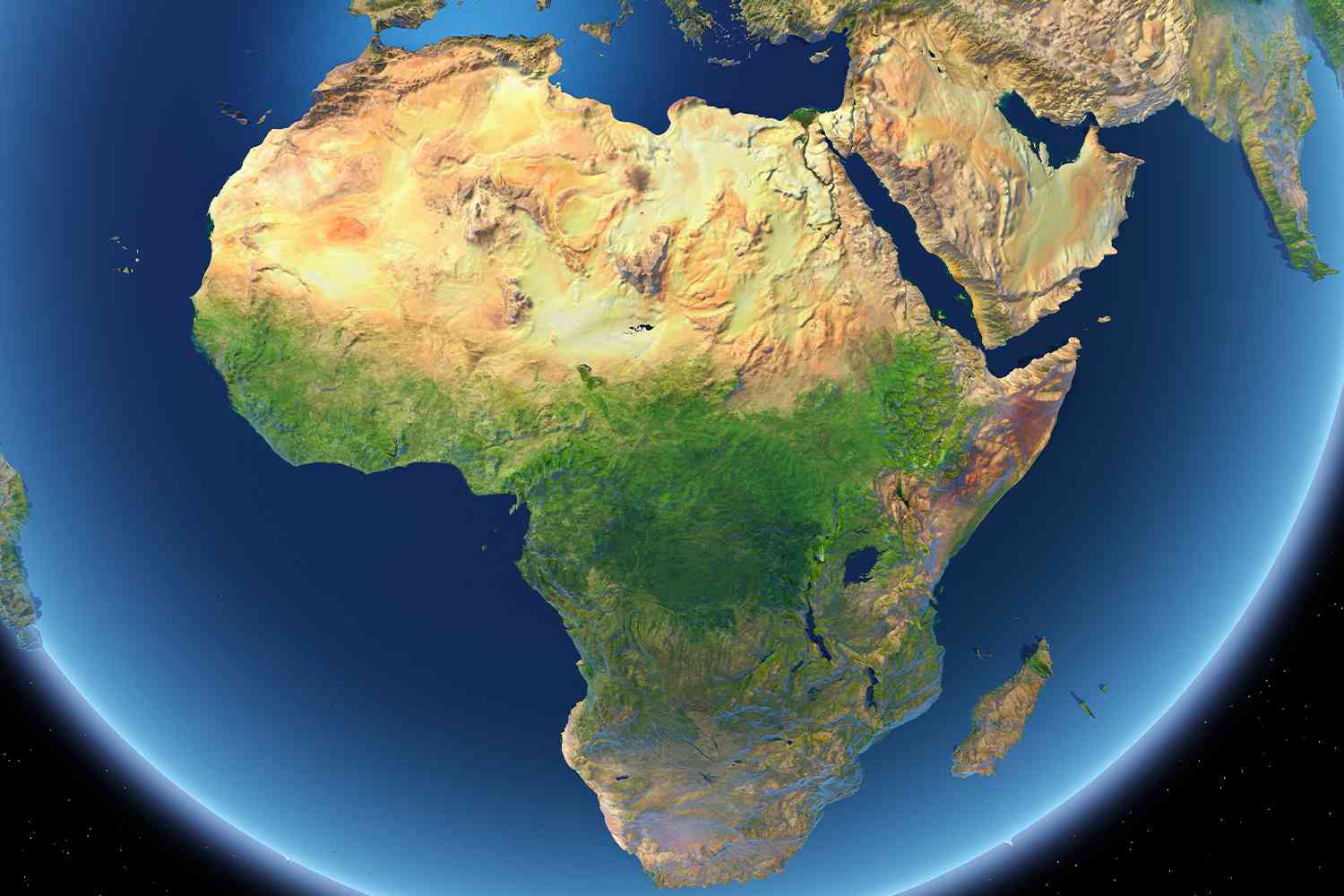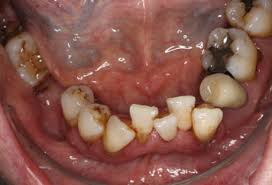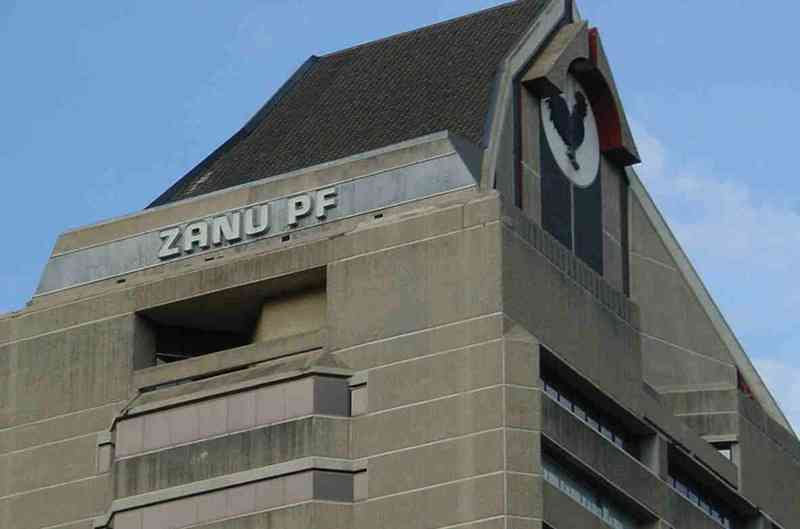
AFRICA currently hosts the youngest population in the world. In fact, more than 60% of its approximately 1,5 billion population is below the age of 35. Africa’s population is expected to reach 2,4 billion by 2050.
Given the abundance of natural resources in Africa which include gold, diamonds, lithium, cobalt, oil, gas, uranium, vast tracts of arable land and numerous fresh water bodies, this young and energetic population could be an important catalyst in stimulating the continent’s economic development.
Unfortunately, this is not the situation on the ground. This massive youthful population is ballooning at time when Africa is battling with its old problems like poverty, inequalities, unemployment, food insecurity, poor governance and corruption. These old problems have since been exacerbated by a layer of new problems like climate change, environmental degradation, violent extremism, human trafficking, drug and substance abuse. This opinion piece seeks to illustrate the danger facing Africa if it does not take full advantage of its youthful population to transform its vast natural resources and lift the majority of its people out of poverty.
Africa is currently facing a phenomenon known as youth bulge, a situation whereby at any given moment the population of those defined as youths constitutes more than 20% of the total population. In some countries like Uganda and Niger, youths constitute more than 70% of the national population. In Zimbabwe the youth constitutes 67,7%. It can safely be pointed out that Africa is experiencing the youth bulge phenomenon because the population of those below the age of 35 is more than 60%.
This can actually be good news for Africa because this unique demographic phenomenon can be transformed into demographic dividend.
Given the abundance of natural resources in Africa, a youthful population is a good supply of the much-needed manpower that is skilled, semi-skilled and unskilled to work in various sectors of the economy like mining, agriculture and infrastructural development. Secondly, a youthful and growing population is a ready market for different goods and services needed to furnish people with the basic infrastructure for existence. The process of converting different resources into goods and services can create employment opportunities and other related benefits which can stimulate economic development and lift millions of people out of poverty.
The aforementioned benefits associated with a youth bulge are not automatic, top notch strategic planning is needed to reap the benefits of this unique demographic bonus. The failure to transform a youth bulge into a demographic dividend can lead to a potential demographic disaster especially in the face of increasing grinding poverty, high levels of youth unemployment rates and inequalities. North Africa has already tested the reality of this demographic disaster through the Arab Spring revolutions which affected countries like Tunisia and Egypt.
At continental level, the African Union (AU) adopted the African Youth Charter at the Banjul Summit in 2006 as a blueprint to mainstream and prioritise youth development and empowerment. The AU also declared the 10-year period from 2009 to 2018 as a decade for the youth, which was a continental framework to operationalise the African Youth Charter. Five years after the end of the decade of the youth, not much progress has been made and we can argue that given the reality on the ground the situation is not likely to get better anytime soon.
- Village Rhapsody: Pay teachers a living wage
- Village Rhapsody: Pay teachers a living wage
- Letters to the editor: Tackling energy poverty requires a 'gas is good for Africa' approach
- Cartoon: October 04, 2022 edition
Keep Reading
Hardly a week passes without a ship sinking in the Mediterranean Sea and most of the victims are young men and women making frantic efforts to escape poverty and unemployment in sub-Saharan Africa. Thousands of young African women have been snared into modern slavery by unscrupulous human traffickers to countries like Saudi Arabia, Oman, and Kuwait. Poverty has created an army of desperate youngsters who are willing to do anything to eke out a living.
The increase of violent extremism, violent crimes, drug and substance abuse across the African continent is a worrying development because young people are the biggest participants in these forms of violence and vices. This is an indictment to Africa and its leaders. In one of his books, Chinua Achebe wonders about when and where the rains beat us as Africans.
A continent which has on average 65% of its youths grossly under-represented in the labour force and entrepreneurial activities raises sixty-four-million-dollar questions regarding the seriousness with which African leaders approach development with growth. Development with growth is development with widespread benefits for all and sundry.
When the youths are sidelined in political, social and economic efforts in growing the economies of their countries they will definitely become game for terrorist organisations that would dangle livelihood carrots for them. A futureless growth for the African youths is indeed a weapon of ill-omen for Africa.
Africa is clearly not doing enough to transform its youth bulge into a demographic dividend. Sadly, a youth bulge is not permanent, with time the population will begin to age. This has been witnessed in a number of Asian countries where with the exception of India, a number of these countries are now getting into the aging phase.
The most ideal situation is that rapid inclusive economic development should take place before the population begins to age to sustain the majority of the people when they are no longer active; and in that respect, Asia has done a far better job compared to Africa.
There is a risk that Africa could miss the potential opportunities offered by the youth bulge without transforming its economic fortunes. A youth bulge and a combination of old problems like poverty, inequalities, unemployment, food insecurity, poor governance and corruption as well as new problems like climate change, environmental degradation, violent extremism, human trafficking, drug and substance abuse could be a perfect storm towards a demographic disaster.
To reap the benefits of a youth bulge, Africa must seriously invest in its youthful population. Continental declarations without requisite strategic action are nothing but mere political banter.











